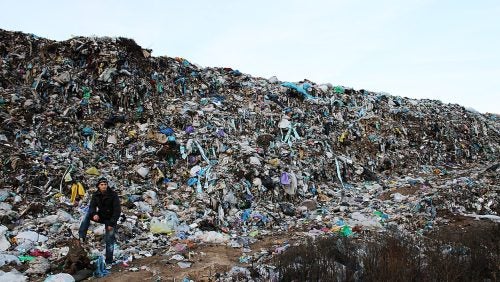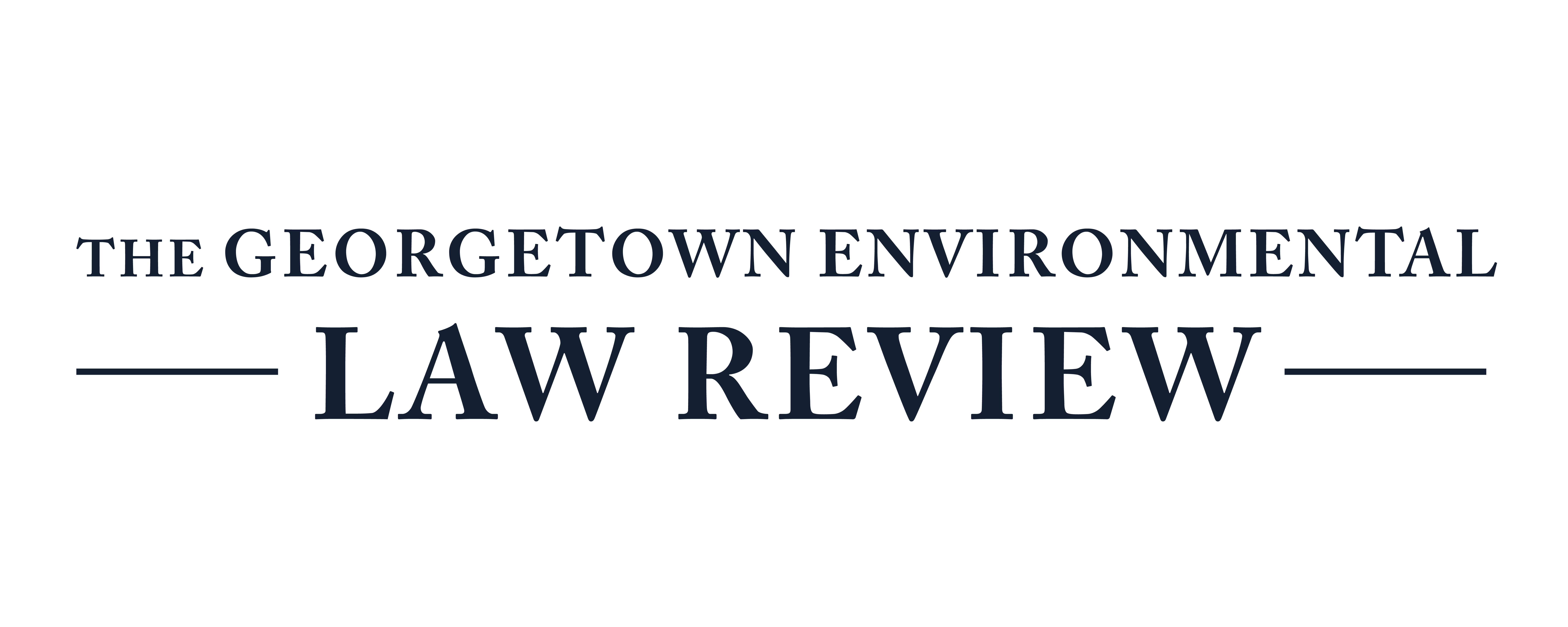Curtailing the Fast Fashion Industry: A Growing Number of State Legislatures Introduce Bills Regulating Fashion Waste
September 23, 2025 by Megan Romano

Waste landfill in Ukraine. Photo by Стоялов Максим Викторович.
As fast fashion companies continue to see commercial growth, state legislatures throughout the United States have introduced legislation to limit their environmental impact.
A mere three years after the fashion giant Shein surged in American markets at the onset of the COVID-19 pandemic, the company has become the single biggest polluter in the fast fashion industry [1]. Shein can attribute much of its commercial success to its use of advanced AI models that analyze large sums of social media posts to create affordable, trendy, primarily synthetic apparel at a mass scale [2]. Despite the company’s near exclusive use of polyester materials, it is estimated that only six percent of these synthetic clothes are recycled [3]. Disposability models are not exclusive to Shein; other international fashion companies like Primark and Mango that rely on similar strategies have announced massive expansion projects in the United States [4]. In the absence of comprehensive federal legislation addressing this concerning shift in the fashion industry, many state legislatures began advancing bills targeting fast fashion.
In September of 2024, California became the first state to pass legislation in direct response to the rise of the fast fashion industry [5]. The Responsible Textile Recovery Act set forth a number of directives for textile and apparel producers to address their contributions to product waste [6]. The bill established Extended Producer Responsibility (EPR) programs for these industries, holding producers financially responsible over the entire life cycle of textiles and apparel [7]. By March of 2026, fashion companies in the state also must form and join a Producer Responsibility Organization (PRO) subject to the state’s Department of Resources Recycling and Recovery’s (CalRecycle) approval [8]. PROs then must fund California’s reuse, repair, and recycling programs while also submitting their own plans to reduce waste in compliance with the Act’s requirements [9]. After passing this bill, the state legislature also introduced the Fashion Environmental Accountability Act, which would expand upon the Responsible Textile Recovery Act by requiring fashion companies to disclose carbon emissions and water usage to consumers [10].
Following California’s legislative breakthrough, a number of states have introduced bills that mirror the Responsible Textile Recovery Act. The New York legislature proposed 2025 NY S04558, which would subject corporate sustainability reports to third-party verification while also ordering companies to set emission reduction targets in compliance with state law [11]. The bill would also require violators of its provisions to pay fines up to two percent of their annual revenues [12]. The state of Washington introduced legislation in 2023 that would require fashion retailers and manufacturers to track and disclose progress towards emission, water, and chemical management reduction targets [13] [14]. Massachusetts’s legislature took a similar approach by introducing Massachusetts H420, which would also require fashion companies to improve transparency regarding emissions and product waste [15].
Each of these pieces of legislation face unique obstacles. While some influential fashion moguls like Stella McCartney have endorsed political efforts to enforce environmental regulation against the fashion industry, many companies have allied with lobbying groups and have successfully stalled environmental legislation in places like New York [16]. Still, each of these legislative actions represent a promising step towards bipartisan recognition of the detrimental effects of disposable fashion in the context of environment awareness. As states like California continue to study the impact of successful environmental legislation, more states are likely to follow its steps.
[1] Grist Sachi Kitajima Mulkey, Shein is officially the biggest polluter in fast fashion, Yale Climate Connections (Sept. 19, 2024), https://perma.cc/9NRG-VXLN.
[2] Id.
[3] Id.
[4] Ryan Baker & Melissa Repko, Why foreign retailers like Primark and Mango are expanding across the U.S., CNBC (Mar. 14, 2025, at 11:11 AM), https://perma.cc/9KNW-N6VS.
[5] Ruth Milka, California passes first US clothing recycling law: A bold step toward sustainability in fashion., Nation of Change (Oct. 3, 2024), https://www.nationofchange.org/2024/10/03/california-passes-first-us-clothing-recycling-law-a-bold-step-toward-sustainability-in-fashion/.
[6] Id.
[7] Responsible Textile Recovery Act of 2024, Cal. S.B. 707, Chapter 864 (Cal. Stat. 2024).
[8] Id.
[9] Id.
[10] Chloe Dupre & Hannah Flint, California’s Fashion Environmental Accountability Act: Proposed Regulations for Sustainability in the Fashion Industry, The National Law (Feb. 10, 2025), https://perma.cc/645C-Z784.
[11] Warren A. Koshofer, The Future of Fashion Law: Can California and New York Set the Global Standard?, Michelman Robinson (Feb. 21, 2025), https://perma.cc/5H3U-ZQDQ.
[12] Id.
[13] H.B. 2068, 68th Leg., Reg. Sess. (Wash. 2024).
[14] Siera Nezaj, US state legislatures take aim at fashion’s sustainability and safety concerns?, Fashion Dive (Feb. 10, 2025), https://perma.cc/N3YQ-KNXS.
[15] Id.
[16] Elsa Wenzel, Bills to reduce fashion’s impact advance in multiple states, Trellis (Feb. 12, 2025), https://perma.cc/9XU3-XXYK.

